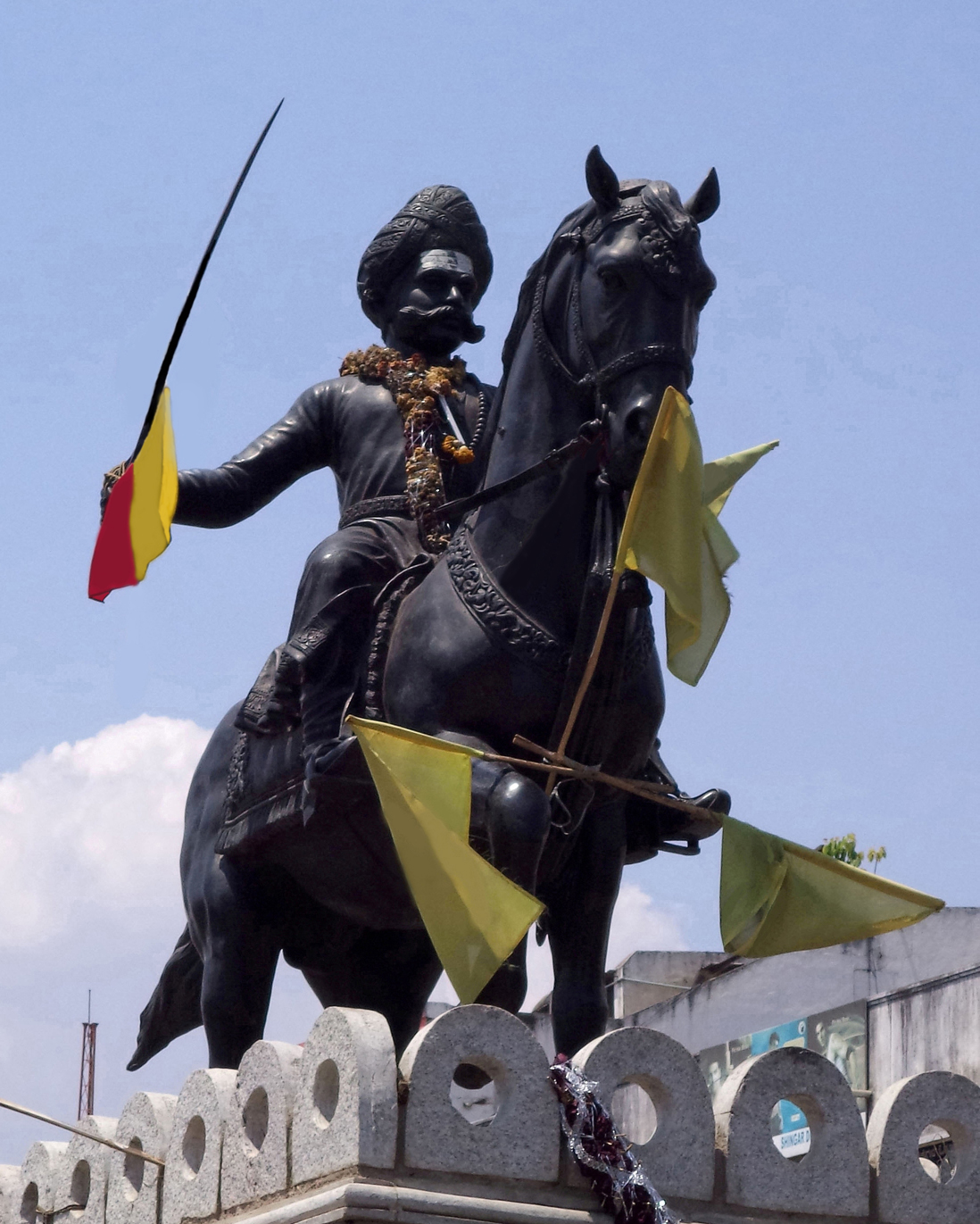Drawing inspiration from the Iqta assignment system used during Sultanate rule, Vijayanagar rulers created a provincial administration. Their empire was divided into kottams (Kottems), towns and villages. Daily administration was handled by hereditary officers known as Ayagars.
They rewarded village servants by awarding plots of land and cash payments; brahmans were given military assignments such as army building.
The Navankara System
Vijayanagara was known for its powerful Nayaks who served as independent rulers across multiple regions. These rulers provided vital military strength and the Nayaka system is considered one of the main features of Vijayanagara Empire.
Telugu speakers use the term nayak to refer to military chiefs who were granted land and privileges from kings as payment for their service to him. Nayaks often inherited titles belonging to monarchs but enjoyed more freedom and autonomy than they themselves could.
Harihara, who ruled from 1336 to approximately 1660, developed the distinctive administrative structure that would come to define Vijayanagara state. Borrowing from Kakatiya kings’ tactics of tax collection and administration justice administration duties to create a hierarchical of local officials who collected taxes, administered justice and carried out other aspects of government duties; village panchayats served as local tribunals administering strict rules of punishment at grassroots levels.
Foreign travelers such as Moroccan traveler Ibn Battuta, Venetian traveler Nicolo de Conti and Persian and Portuguese travelers Abdur Razzak and Domingo Paes provided insightful accounts on socio-economic conditions within the Vijayanagara Empire that serve as primary sources.
The Avvaaar System
Vijayanagar empire was the first Hindu state in South India that successfully united and consolidated rule over southern Indian territories after years of chaos and disunity, prompting reconstruction of Hindu life and culture after earlier empires including Chalukyas, Hoysalas and Pandyas fell apart. Vijayanagar architecture is an eclectic mixture of those prior empires’ styles with later Deccan and Dravidian influences; especially noticeable is their use of locally available hard granite for temple construction resulting in ornate pillared halls or giant towers adorned with life-size figures of gods or goddesses (rayagopurams).
The kings promoted Hindu orthodoxy and conservatism while at the same time not being limited in their choice of religion; they supported Jainism, Christianity, and Islam among others. Additionally, they enforced strict punishment measures for criminals including death by hanging.
Economically, Vijayanagar kings attempted to strike a balance between feudal tendencies and modernised administration. They introduced proper surveys of land for taxation based on soil fertility; and promoted agriculture – one of their major sources of revenue for their empire – through irrigation schemes and water supply funds; additionally they introduced high tariffs for horse trade to ensure exclusive purchases of horses of good quality.
The Ayyagar System
Vijayanagar Empire was divided into 12 district-heads known as Ayangars. Each Ayangar had their own army and revenue structure, as well as being required to remit two-fifths of their income towards imperial treasury in order to maintain it. Furthermore, each Ayangar also maintained a cavalry and foot soldier force on behalf of King.
Historians like Burton Stein assert that the Ayyagar system resembled European feudalism in some respects, although important features were absent from its application in India. Ayangars were hereditary office-holders with rights over tax-free plots of land; furthermore they received an amount of cash that went toward village functions such as washing machines, priests or carpenters, leather bags for lift-irrigation devices as well as potters and blacksmiths (among many others).
Vijayanagar maintained trading links with Indian Ocean islands, Burma, Malay Archipelago China and Arabia to the east as well as Portugal Abyssinia Persia Egypt to the west. Cloth, spices, rice iron saltpetre were its major exports with horses pearls and gold being important imports. Cloth could also be manufactured into cloth, iron saltpetre a saltpetre. Vijayanagar’s empire had the capacity to build ships both for coastal trade as well as international trade; these technologies may have come from Persian or Chinese technologies for shipbuilding as this may have helped create its fleet of ocean-going warships.
The Nayaka System
There is some disagreement as to whether the Vijayanagar empire was an loose association of semiautonomous military and territorial leaders called Nayaks or a centralised state similar to Delhi sultanat. Some scholars such as Venkataramanayya have advocated a feudal interpretation based on study of inscriptions; Venkataramanayya suggests this because in exchange for being granted territory from their king, Nayaks had to keep an army ready to fight on battle fields and pay some percentage of revenues collected on those territories back to him/her/him/her King/queen.
John M Fritz and Burton Stein share this view, believing nayaks had considerable autonomy when managing their territories and could also levy taxes upon their subjects; yet they remained accountable to the king for reporting.
Apart from nayaks, the empire was also administered by nobles and priests who all served under one monarch. He had sole authority in all executive, judiciary, legislative matters as well as being the highest court of appeal – and succession to his throne was usually hereditary although occasionally usurpations occurred as in Achyuta dethroning Rama Raya from power.

